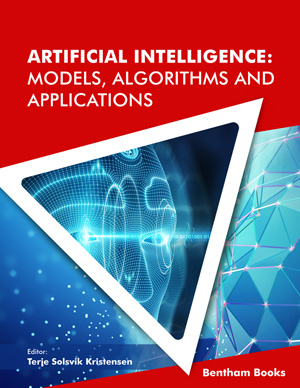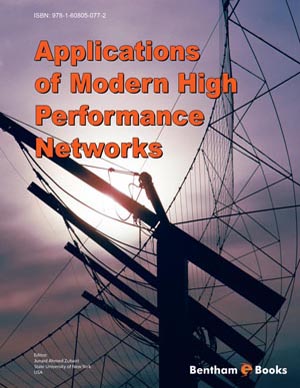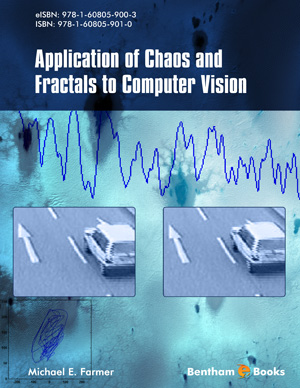Abstract
The first chapter of part II of this book introduces various common learning algorithms. The aim of chapter 6 is to acquaint the readers with the present-day knowledge in learning paradigms. Filters may be employed in implementation of learning algorithms, and vice versa. As such, the first few sections introduce Adaptive Linear Neuron (ADALINE) and recursive Least-Square (RLS) algorithms. Artificial intelligent systems may possess functional characteristics of living biological brain. The multi-agent network and neuromorphic network introduced in subsequent sections are examples of ANN systems with functional characteristics of living biological brain. The ability of the brain to process data is unparalleled; the human research efforts have however been able to discover a close match in Bayesian networks such that more than half of this chapter is devoted to presenting various types of probability-density-based learning algorithms. This is followed, in conclusion, by a hybrid neuro-fuzzy neural network section. By reading this chapter, one may fully understand the common ANN systems, and thus easily implement an ANN if required.
Keywords: Adaptive Linear Neuron (ADALINE), Adaptive Network-based Fuzzy Inference System (ANFIS), Agent, Capacitance, Efficacy, Expectation- Maximization (E-M) algorithm, Generative Topographic Mapping (GTM), Hodgkin-Huxley model, K-means, Knowledge base, Learning parameter, Membrane potential, Mixture models, Nodes, Radial Basis Function (RBF), Recursive Least-Square (RLS) algorithm, Sigmoid function, Sugeno-type Fuzzy system, Synaptic current, Weight matrix.





















